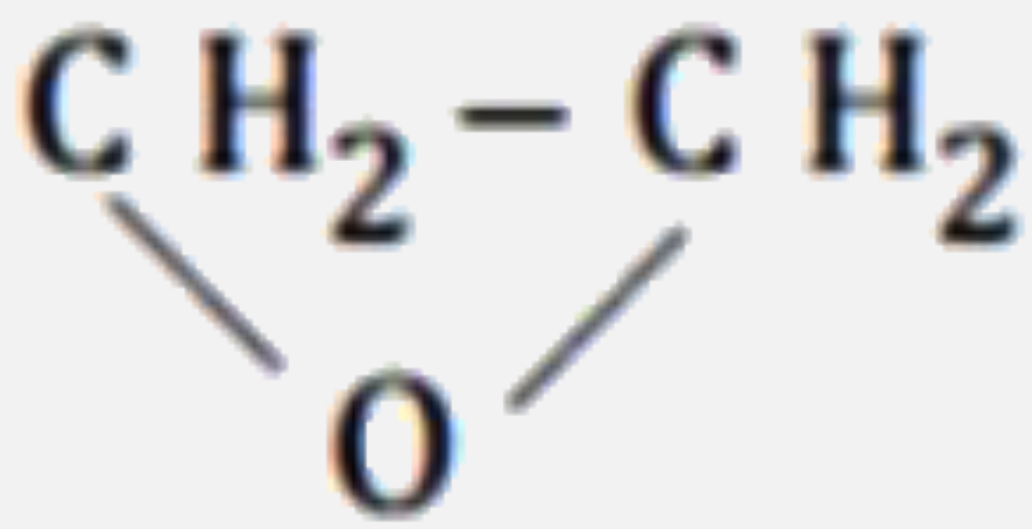If karyokinesis is not followed by i, it will lead to formation of ii in coconut.
Cytokinesis, - Multicellular organism
M-phase, - Syncytium
Cytokinesis, - Liquid endosperm
M-phase, - Syncytium
The correct Answer is:C
To solve the question, we need to understand the processes involved in cell division, specifically karyokinesis and cytokinesis.
1. Understanding Karyokinesis:
- Karyokinesis refers to the division of the nucleus during cell division. It is the first step in the process of cell division.
2. Identifying the Next Step:
- After karyokinesis, the next step in cell division is cytokinesis, which is the division of the cytoplasm, resulting in two separate daughter cells.
3. Analyzing the Question:
- The question states that if karyokinesis is not followed by cytokinesis, we need to determine what will happen in the case of a coconut.
4. Effects of Lack of Cytokinesis:
- If cytokinesis does not occur after karyokinesis, the result will be a cell with multiple nuclei instead of two separate cells. This condition is known as a multinucleate cell.
5. Specific Case of Coconut:
- In coconuts, the endosperm is formed as a result of the fusion of multiple nuclei without the subsequent division of the cytoplasm. This leads to the formation of a multinucleate structure known as the nuclear endosperm.
6. Final Answer:
- Therefore, if karyokinesis is not followed by cytokinesis, it will lead to the formation of a multinucleate endosperm in coconut.
Summary of the Answer:
(i) Cytokinesis
(ii) Multinucleate endosperm
- Karyokinesis refers to the division of the nucleus during cell division. It is the first step in the process of cell division.
- After karyokinesis, the next step in cell division is cytokinesis, which is the division of the cytoplasm, resulting in two separate daughter cells.
- The question states that if karyokinesis is not followed by cytokinesis, we need to determine what will happen in the case of a coconut.
- If cytokinesis does not occur after karyokinesis, the result will be a cell with multiple nuclei instead of two separate cells. This condition is known as a multinucleate cell.
- In coconuts, the endosperm is formed as a result of the fusion of multiple nuclei without the subsequent division of the cytoplasm. This leads to the formation of a multinucleate structure known as the nuclear endosperm.
- Therefore, if karyokinesis is not followed by cytokinesis, it will lead to the formation of a multinucleate endosperm in coconut.
(i) Cytokinesis
(ii) Multinucleate endosperm
Topper's Solved these Questions
Similar Questions
Knowledge Check
It karyokinesis is not followed by cytokinesis, then gives rise to
AZygoteBFertilised eggCMultinucleate conditionDEmbryoWhich of the following reactions lead to the formation of H2 ?
AB2H6H2O−−→BAl(OH)3NaOH−−−→CB2H6LiH−−→XH2ODBoronΔ−−−→NaOHWhich one of the following would not lead to formation of clones?
Adouble fertilisationBapomixisCVegetative reproductionDTissue culture
Reaction of with RMgX leads to formation of

View SolutionReaction of oxirane with RMgX leads to formation of
View SolutionIn some organisms, karyokinesis is not followed by cytokinesis as a result of which,multinucleate condition arises leading to the formation of syncytium. The perfect example for this is
View SolutionWhich of the following does not lead to formation of new variety ?
View SolutionWhich of the following process not lead to formation of isobars?
View Solution
 with
with